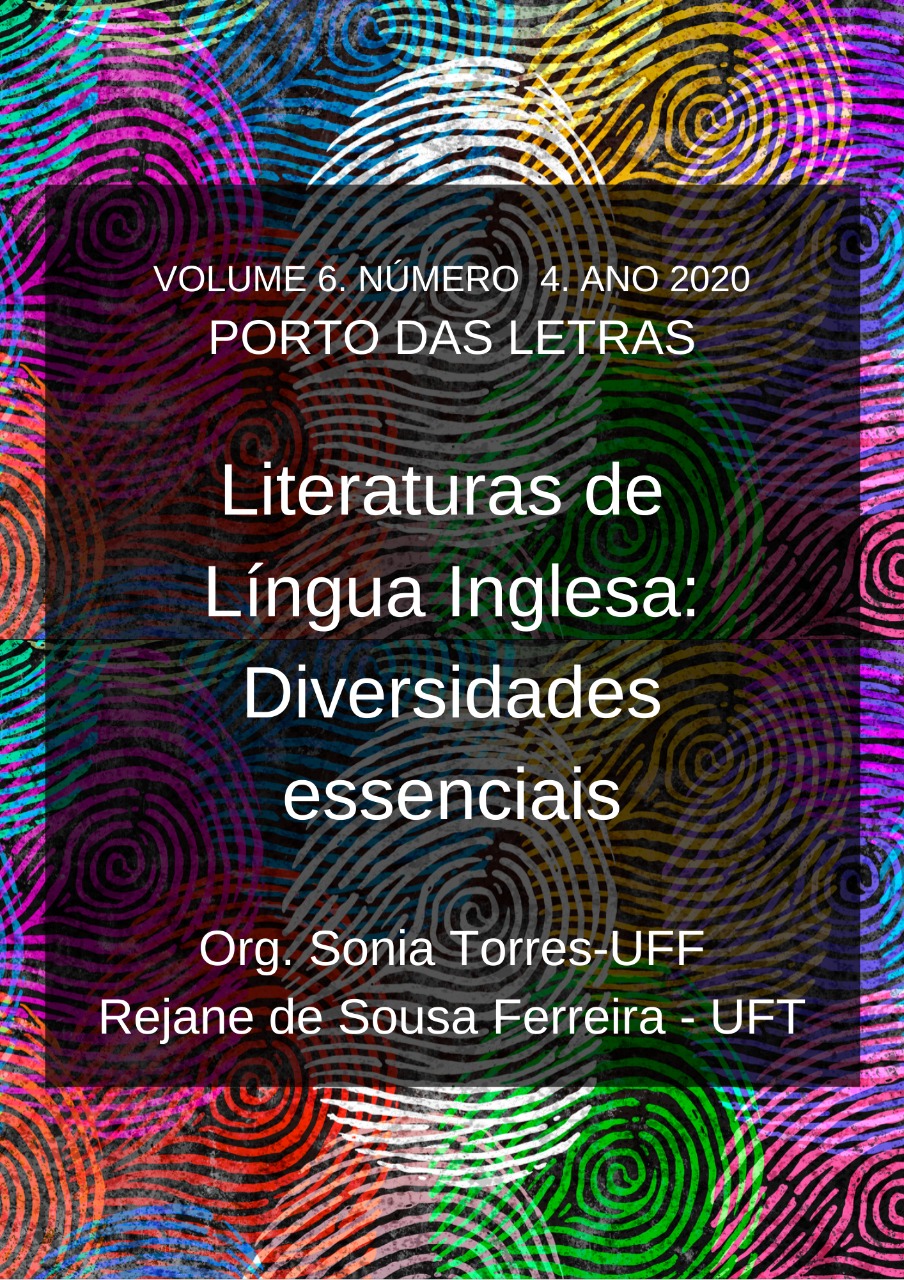Addressing social amnesia in Slaughterhouse-Five, by Kurt Vonnegut
Palabras clave:
Literature; History; social amnesia; VonnegutResumen
This article presents a critical and literary analysis of Kurt Vonnegut’s Slaughterhouse-Five or The Children’s Crusade (1969), focusing on the particularities related to the dialogue between Vonnegut’s work and History, such as the influence of the cultural tradition in portraying World War II in works of art. In order to do that, we begin with a brief presentation of Vonnegut’s biography and the historical context in which he and his work are inserted. This contextualization is indispensable due to the aforementioned dialogue that the novel maintains with History and, by being the former, in part, autobiographical. We aim to show that the lack of available information and publicity about Dresden’s attack at the time was more than just an accident or oversight, but a fabricated situation in which the events surrounding it are intentionally left out from “official” History, constituting a process labeled “social amnesia” (BURKE, 1997). Along our analysis, we evidence Vonnegut’s awareness of this condition of alienation and investigate the author’s strategy for breaking with the “romanticized” view of World War II, especially his concerns about the (re)construction of the social memory on the events that involved Dresden’s massacre. These observations will be done based on theoretical concepts from the fields of Literature and History, Comparative Literature, History and Memory, and include texts by theoreticians such as Linda Hutcheon, Peter Burke, Jacques Le Goff, Tânia Franco Carvalhal and Sandra Nitrini.
Citas
CARVALHAL, Tânia Franco. Literatura Comparada. 2. ed. São Paulo: Ática, 1992.
HANSEN, Randall. An Air Raid Like Any Other. National Post, Toronto, February 17th, 2009.
HUTCHEON, Linda. The Politics of Postmodernism. London; New York: Routledge, 1989.
______. Discourse, Power, Ideology: Humanism and Postmodernism. In: ______. A Poetics of Postmodernism: History, Theory, Fiction. London; New York: Routledge, 1988.
LE GOFF, Jacques. Documento/monumento. In: ______. História e memória. Translation to Portuguese by Irene Ferreira, Bernardo Leitão, Suzana Ferreira Borges. 5. ed. Campinas, SP: UNICAMP, 2003. p. 525-539. Retrieved July 22nd, 2017, from: http://www.todosnos.unicamp.br:8080/lab/acervo/capitulos/Jacques%20Le%20Goff.doc/view.
NITRINI, Sandra. Literatura Comparada: História, Teoria e Crítica. São Paulo: Editora da Universidade de São Paulo, 1997.
VONNEGUT, Kurt. Slaughterhouse-Five. Disponível em: http://vk.com/doc16929061_203704447?hash=91a1ceb2df9552da73&dl=014cd5f3d43824cd80.
World Heritage Encyclopedia. Bombing of Dresden in World War II. Retrieved July 25th 2017, from: http://worldheritage.org/articles/Bombing_of_Dresden_in_World_War_II.
Descargas
Publicado
Cómo citar
Número
Sección
Licencia
Os autores concordam com os termos da Declaração de Direito Autoral, que se aplicará a esta submissão caso seja publicada nesta revista (comentários ao editor podem ser incluídos a seguir).

